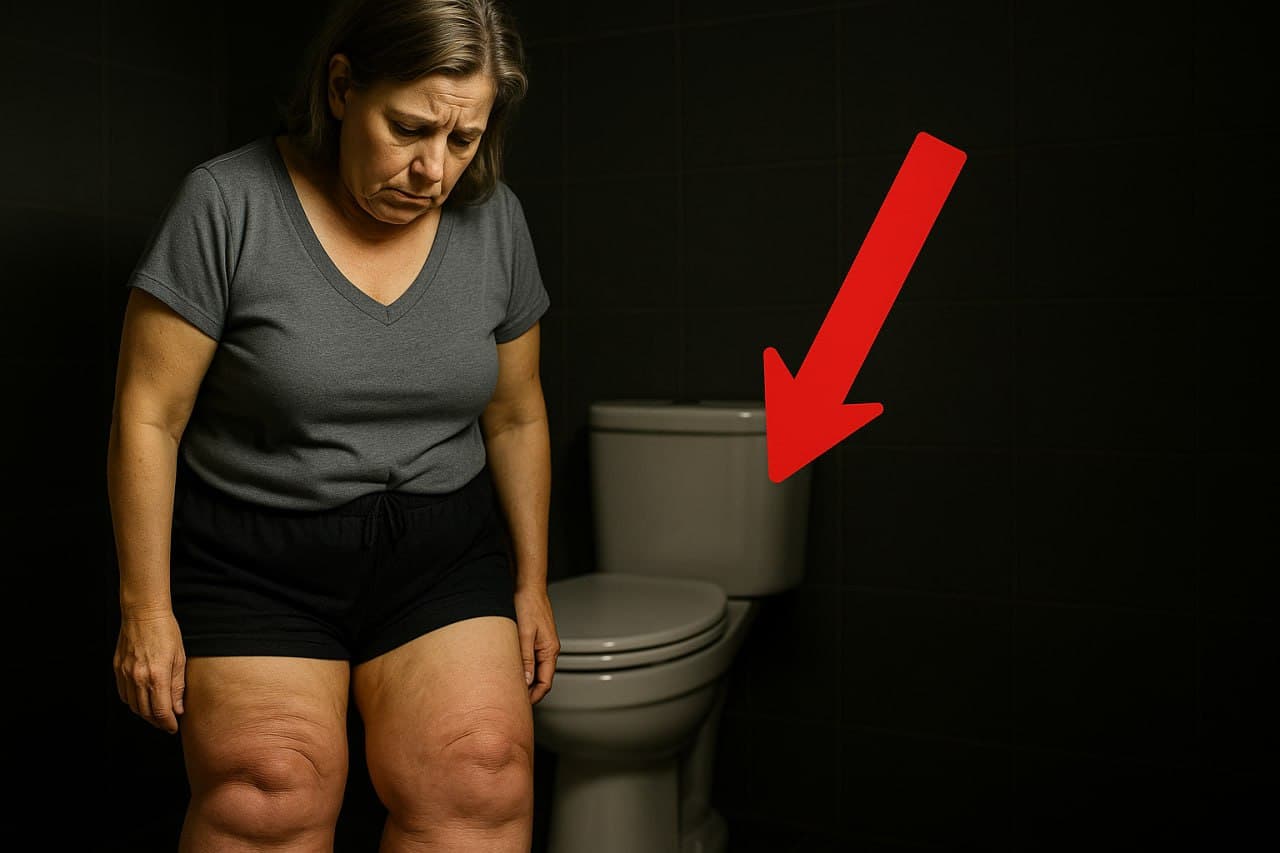if your gums bleed... do this!
Bleeding gums can be a startling symptom to encounter during your daily dental hygiene routine. As explained by Whitney, a dental hygienist, it is an early indicator of gingivitis—an inflammation of the gums caused primarily by plaque.
The good news about gingivitis is that it is both reversible and curable. However, if neglected, it can progress into more severe gum disease, leading to periodontitis and eventual tooth loss.
Addressing bleeding gums involves a two-fold approach: enhancing oral hygiene at home and maintaining regular dental visits.
The primary reason gums bleed is due to inflammation triggered by plaque and tartar. Therefore, daily flossing is a must to remove plaque along and under the gum line. Make sure to angle your toothbrush at a 45-degree angle towards the gums when brushing. This technique is essential for cleaning the gum line effectively. Many people mistakenly believe that flossing causes bleeding. In reality, the absence of flossing allows plaque accumulation, provoking inflammation and bleeding.
During initial attempts to improve dental hygiene, extra bleeding may occur. Rinsing with warm salt water can soothe gum tissue, functioning as a natural disinfectant similar to icing sore muscles after exercise. This practice can be crucial until gums stop bleeding.
While robust home care is vital, it's insufficient if tartar has formed below the gum line. Regular professional cleanings by a dental hygienist eliminate this build-up, cleaning the surface thoroughly and leaving a "clean canvas" to maintain oral health afterwards.
"If you don’t address gingivitis, it can turn into a form of gum disease known as periodontitis. This condition then requires more intensive therapeutic services from your dentist to prevent tooth loss."
Preventing gum disease involves persistent efforts in both daily cleaning and professional interventions. Whitney emphasizes committing to a rigorous routine. After sustained hygiene practices over a two- to three-week period, the signs of gingivitis should recede, including bleeding gums.
For ongoing support and information on dental health, consider joining the Teeth Talk community. Those dedicated to spreading evidence-based dental health topics can connect via the provided links. Invest in your dental future today, ensuring both healthy gums and confidence in your smile.
From Around The Web
Wellness Inbox is a blog & weekly newsletter that curates trending news and products related to health and wellness from around the web. We also gather content from various sources, including leading health professionals, and deliver it directly to you.
Please note that we may receive compensation if you purchase any products featured in our newsletter. Wellness Inbox is not affiliated with, nor does it endorse, any health professionals whose content may appear in our newsletter. The information provided is for general informational purposes only and should not be considered medical advice.
The information provided is not intended to replace professional medical advice, diagnosis, or treatment. All content, including text, graphics, images, and information available is for general informational purposes only. We do not guarantee the accuracy or completeness of any information presented and assume no liability for any errors or omissions. The content is subject to change without notice. We encourage you to verify any information with other reliable sources and consult your physician regarding any medical conditions or treatments.







